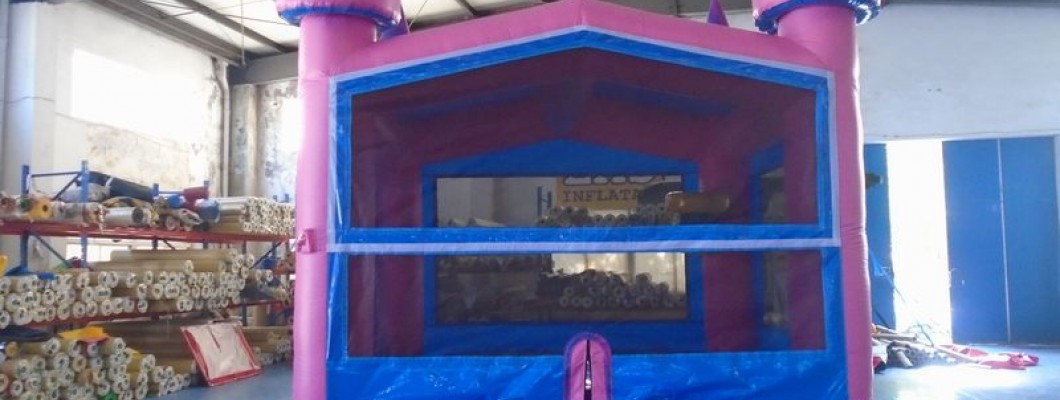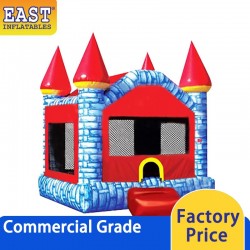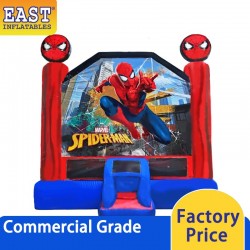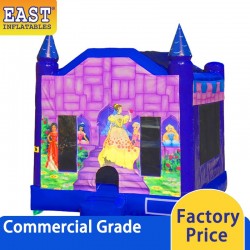
Bouncy castles, also known as inflatable bounce houses, are a favorite at many parties and events. They provide endless fun, exercise, and joy for children. But what age is truly ideal for bouncing in these inflatable structures? Let's explore the best age ranges and some safety considerations.
Ages 2-5: The Toddler Years
For toddlers aged 2 to 5, bouncy castles with smaller, enclosed spaces are ideal. These younger children benefit from the soft, cushioned environment where they can develop their motor skills. Here are some points to consider:
- Safety First: Always supervise toddlers closely to prevent falls and collisions.
- Size Matters: Choose a bouncy castle specifically designed for this age group, with lower walls and smaller jump areas.
- Engaging Themes: Many bouncy castles for toddlers come in fun shapes and themes that capture their imagination.
Ages 6-9: The Energetic Early Years
Children aged 6 to 9 are full of energy and enthusiasm, making them perfect candidates for medium-sized bouncy castles. At this age, they can handle more vigorous play and enjoy features like slides and obstacle courses.
- More Features: Look for bouncy castles that include additional features such as slides, basketball hoops, or climbing walls.
- Group Play: This age group enjoys playing with friends, so a larger bouncy castle can accommodate multiple children.
- Safety Rules: Establish clear rules to ensure safe play, such as no roughhousing and taking turns.
Ages 10-12: The Pre-Teens
Pre-teens aged 10 to 12 still enjoy bouncy castles, especially those with more challenging features. These children benefit from the physical activity and the opportunity to engage in more complex play.
- Advanced Features: Consider bouncy castles with challenging obstacle courses or interactive games.
- Supervision: While they are more independent, adult supervision is still essential to ensure safety.
- Durability: Ensure the bouncy castle is sturdy enough to handle the increased weight and activity level of older children.
Ages 13 and Up: Teenagers and Adults
Teenagers and even adults can enjoy bouncy castles, especially at events like parties, festivals, and team-building activities. For this age group, it's crucial to have a bouncy castle designed to support their weight and activity level.
- Heavy-Duty Materials: Choose bouncy castles made from robust materials that can withstand more significant impact.
- Larger Spaces: Opt for larger inflatables that provide enough space for older participants to move around freely.
- Themed Events: Bouncy castles with themes or interactive elements can add fun to adult events, making them a hit at gatherings.
Safety Considerations for All Ages
Regardless of age, safety is paramount when using a bouncy castle. Here are some general safety tips:
- Supervision: Always have an adult supervising the activity.
- Set Limits: Limit the number of children in the bouncy castle at one time to avoid overcrowding.
- Follow Instructions: Adhere to the manufacturer's guidelines regarding age, weight limits, and the number of users.
- Secure Setup: Ensure the bouncy castle is securely anchored to the ground to prevent tipping or shifting.
In conclusion, bouncy castles are suitable for a wide range of ages, from toddlers to adults. By selecting the appropriate size and features for each age group and prioritizing safety, everyone can enjoy the fun and excitement that bouncy castles offer.




Leave a Comment